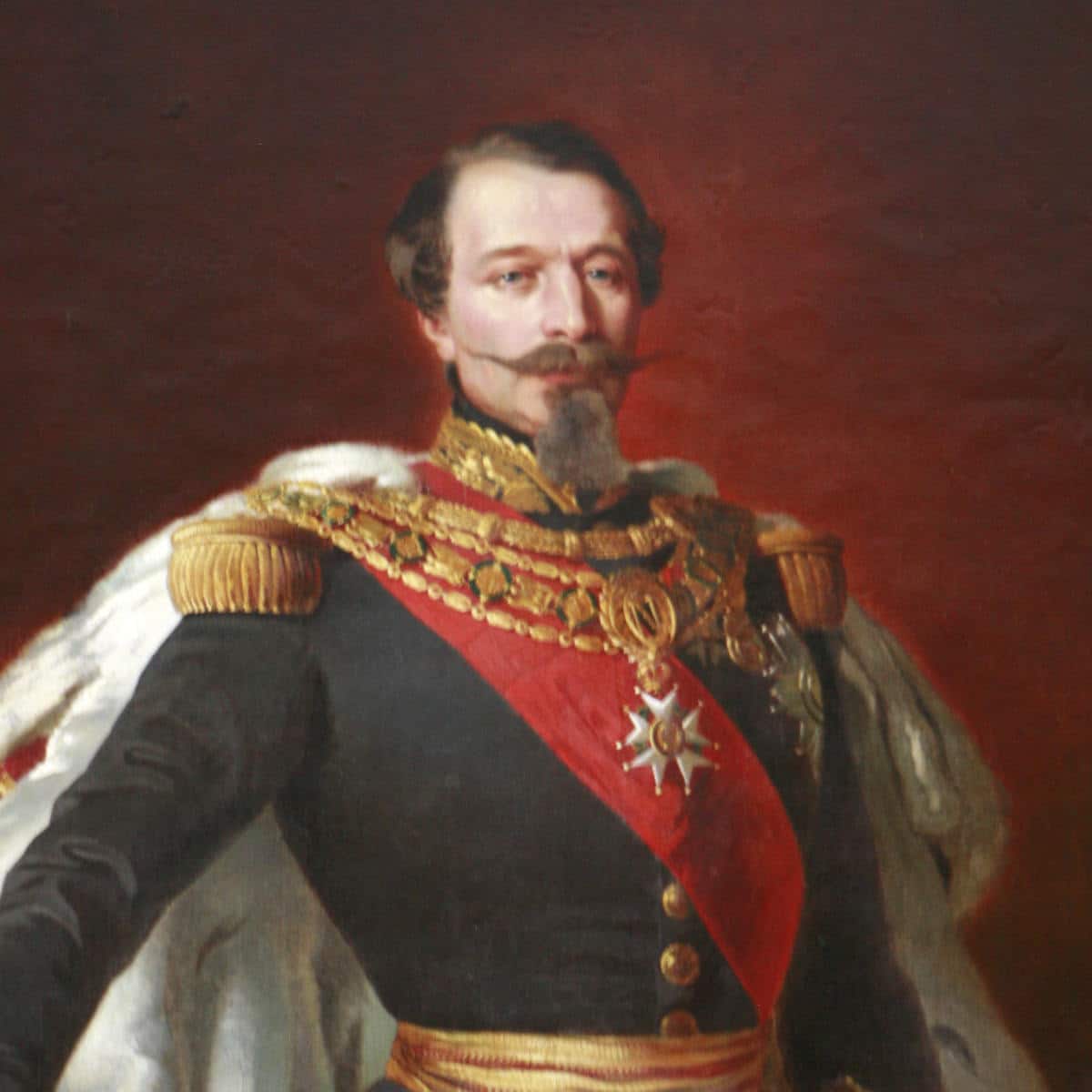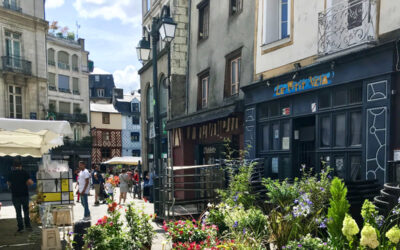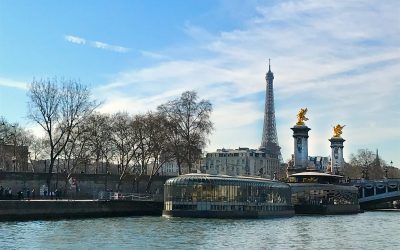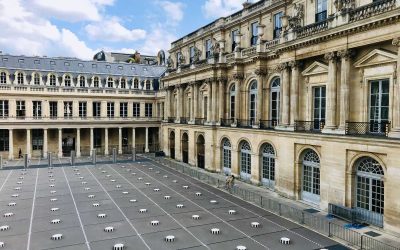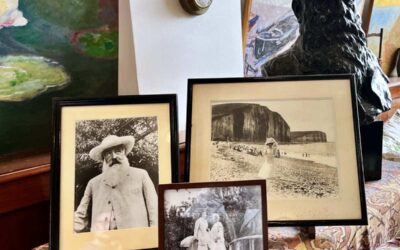At first glance, it is easy to get them mixed up. In fact, Emperor Louis Napoleon III is the nephew of the notorious self-declared “Emperor of the French”, Napoleon Bonaparte. With no less swagger than his famous uncle, Napoleon III ruled France for approximately 20 years, before he too was deposed.
Known as Louis Napoleon, he was not meant to be Napoleon Bonaparte’s successor when he was born. During what became known as the Second French Empire, Napoleon III ended up carrying the banner for his famous family through chance and circumstance.
So let’s get to know Emperor Napoleon III, with a few interesting facts about his rise to power and eventual downfall, shall we? Allons-y!
1. He was born in 1808 in Paris, as a Prince of Holland.
Charles-Louis Napoleon Bonaparte, later known as Louis Napoleon and then Napoleon III, was born in Paris. This is interesting because at the time, his father Louis Bonaparte was the King of Holland, making the new baby a Prince of Holland.
His father had been placed on the Dutch throne by his older brother, Napoleon Bonaparte, who at the time had conquered the area that is today the Netherlands. The situation would not last, and Louis Bonaparte lost the throne in 1810.
2. His mother was Hortense de Beauharnais.
Napoleon III’s parents had an arranged marriage. Hortense de Beauharnais was the daughter of Josephine, Napoleon Bonaparte’s 1st wife.
Although Napoleon Bonaparte divorced Josephine because she could not give him a son, he loved Hortense as a step-daughter and arranged for her to marry his brother, Louis Bonaparte to keep things in the family.

She was initially reluctant, but ceded to Napoleon’s wishes in 1802 at the age of 19. The couple disliked each other, but managed to produce 3 sons.
It would be their 3rd son Louis Napoleon who would go on to be Emperor Napoleon III of France, in effect giving Napoleon Bonaparte his much sought-after heir.
3. He grew up in exile.
After the death of Napoleon Bonaparte, most of the Bonaparte family went into exile. Britain and its allies had restored the French monarchy by putting on the throne a series of relatives of the old King Louis XVI and Marie-Antoinette from the Bourbon House of France.
The young Louis Napoleon grew up in a series of homes with his mother in what is now Germany, Italy, and Switzerland. His parents were separated and his older brothers both died at a young age.
4. Louis Napoleon becomes President of France
France was in turmoil at the time, and Louis Napoleon was waiting in the wings. His other older male relatives were not interested in pursuing power, leaving the path clear for him.
Having enrolled in the Swiss army as a young man, Louis Napoleon started looking for supporters. A segment of the French population who considered themselves Bonapartists, also looked for their chance.
After a couple of “small” revolutions and abdications in between, he ran for election and won 55.6% of the vote in 1948 becoming President of France.
5. He moved into Palais de l’Elysée making it the Presidential palace of France.
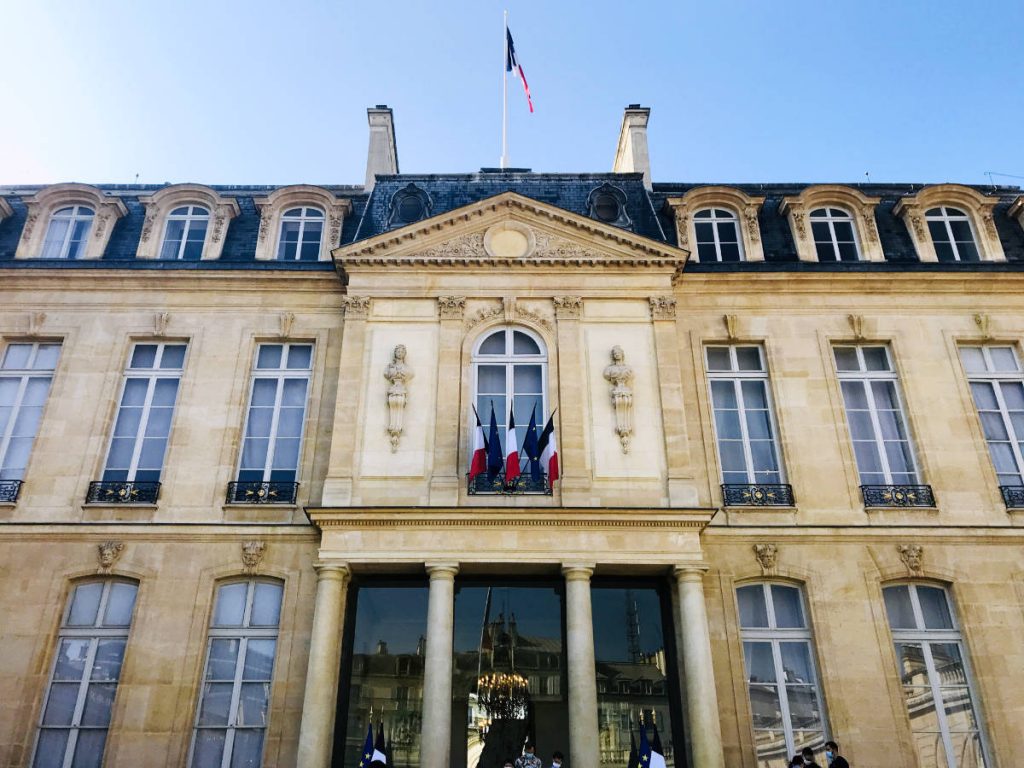
Louis Napoleon was now officially the 1st President of France. He moved his residence to the Palais de l’Elysée, a home that was previously owned by his aunt Caroline Bonaparte and her husband Joachim Murat. This was how it became and remains the official residence of the Presidents of France.
6. He declares himself Emperor Napoleon III.
Louis Napoleon was not satisfied however. He seizes even more power after another coup d’état in 1851 and declares himself Emperor Napoleon III. The Royal Tuileries Palace which had previously been abandoned, once again served as the official residence of the executive branch of government.
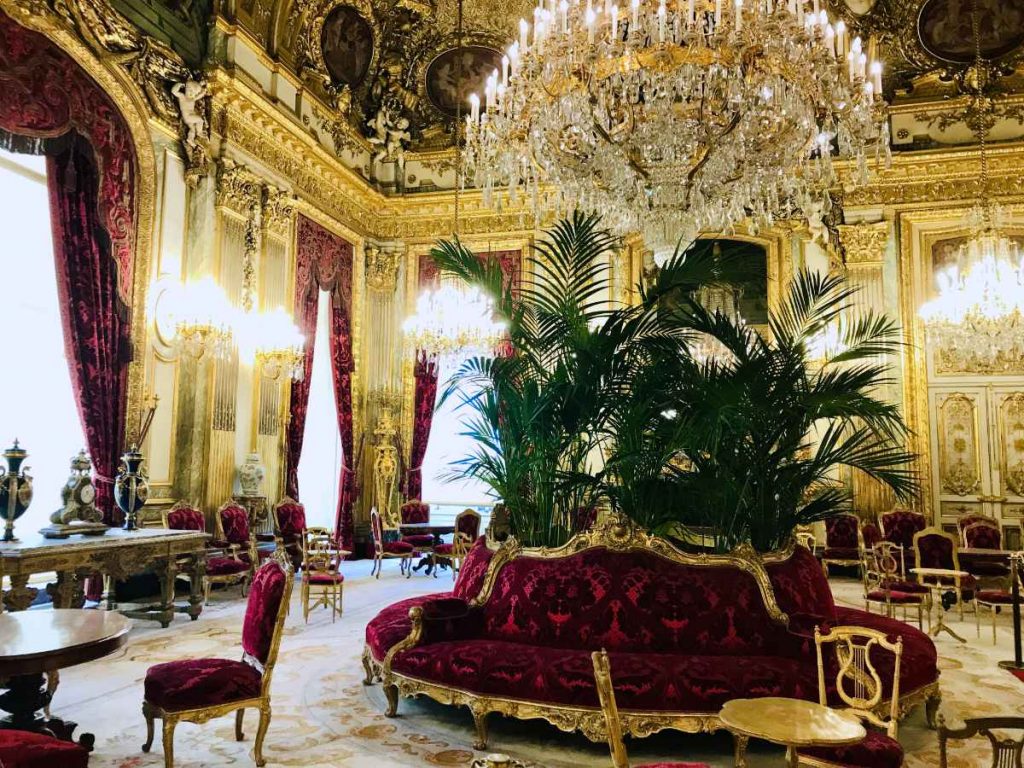
7. He began reforming Paris and the French economy.
He was a generally efficient monarch, working to moderize France, boosting the economy and expanding the merchant navy. And he gave carte blanche to an architect named Baron Haussman to redraw the map of Paris, by razing much of the center to the ground, and building much of the Paris we see today.
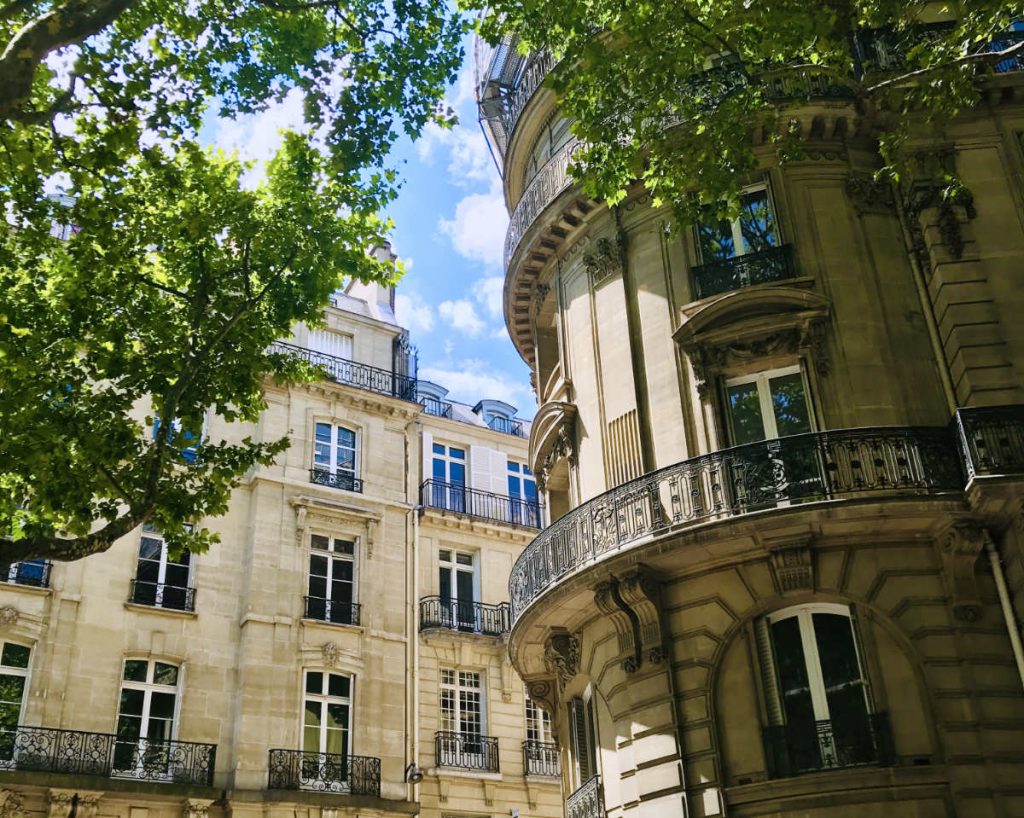
He and his architect Baron Haussmann knocked down the medieval neighborhoods of Paris to build new haussmannian-style buildings and completely rethink how the country’s capital was laid out.
He liked straight lines in order to improve the flow of traffic, augmenting the Axe Historique de Paris. His architects and engineers also buried a portion of the Canal Saint Martin near the Place de la Bastille in the 10th arrondissement, creating a vibrant new area in the east of the city.
8. He wanted to bring greenery to Parisians and built several parks across the city.
Along with these rambling boulevards and beautiful architecture, Napoleon III ordered the construction of four large new parks at each end of the city:
- Bois de Boulogne in the 16th arrondissement
- Bois de Vincennes in the 12th arrondissement
- Parc des Buttes-Chaumont in the 19th arrondissement
- Parc Montsouris in the 14th arrondissement
In addition, to bring fresh water to the city, a new aqueduct was built by Haussmann to bring clean water from rivers in the Loire to a new huge reservoir near Parc Montsouris. The Montsouris reservoir holds a third of the drinking water consumed by Parisians.
Emperor Napoleon III also had the Orangerie built in 1852 to store citrus trees from Tuileries garden to protect them from the cold in the winter. Before the Orangerie was built, the trees were stored in the Grande Galerie of the Louvre.
9. He changed the French national anthem.
Under Napoleon III’s reign, the national anthem was changed from “La Marseillaise” to “Partant pour la Syrie“, a song written by his mother, Hortense.
Le Marseillaise was restored after Napoleon III was defeated in 1870 by the Prussian army, as France entered the Third Republic.
10. He began restoring Carcassonne.
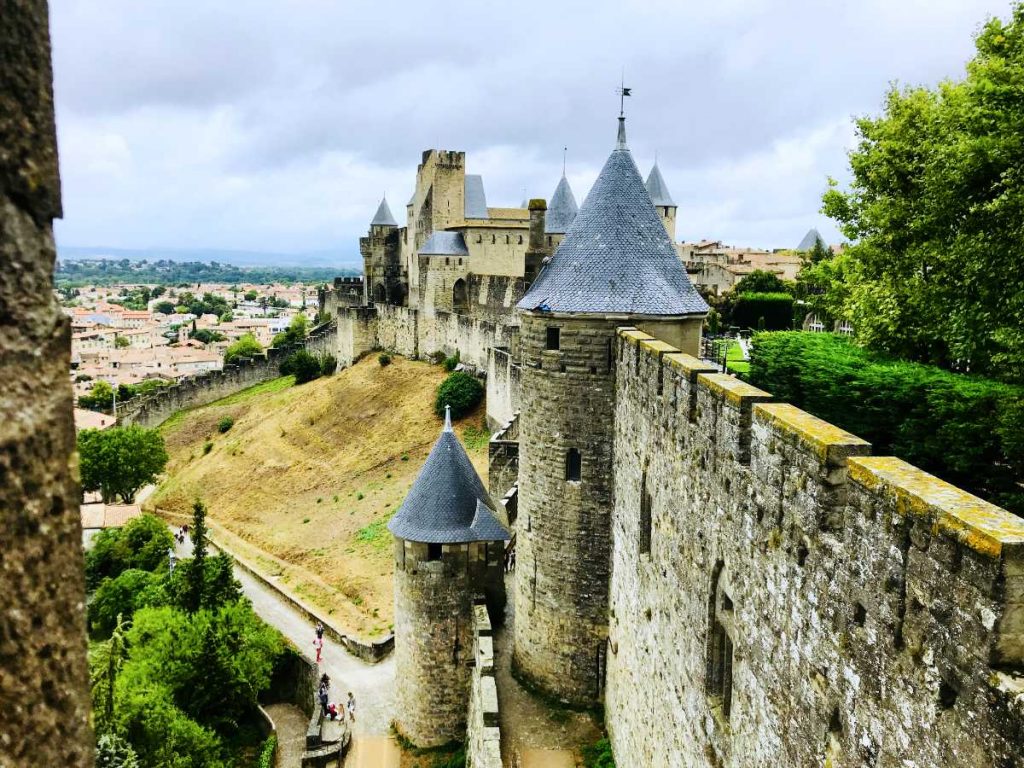
It was not just in Paris that Napoleon III began construction works. In the 1850s, he set about restoring Carcassonne, the historic medieval fortress in the south of France along with the famed architect Eugène Viollet-le-Duc.
Nevertheless, his restoration today has been hailed an success, for preserving the Cité de Carcassonne and making it one of the top tourist attractions in France.
11. He annexed the Duchy of Savoy and Nice
There was much conflict at the time between France, Britain, Italy, Austria and the Prussians with each starting new conflicts and then signing accords and treaties.
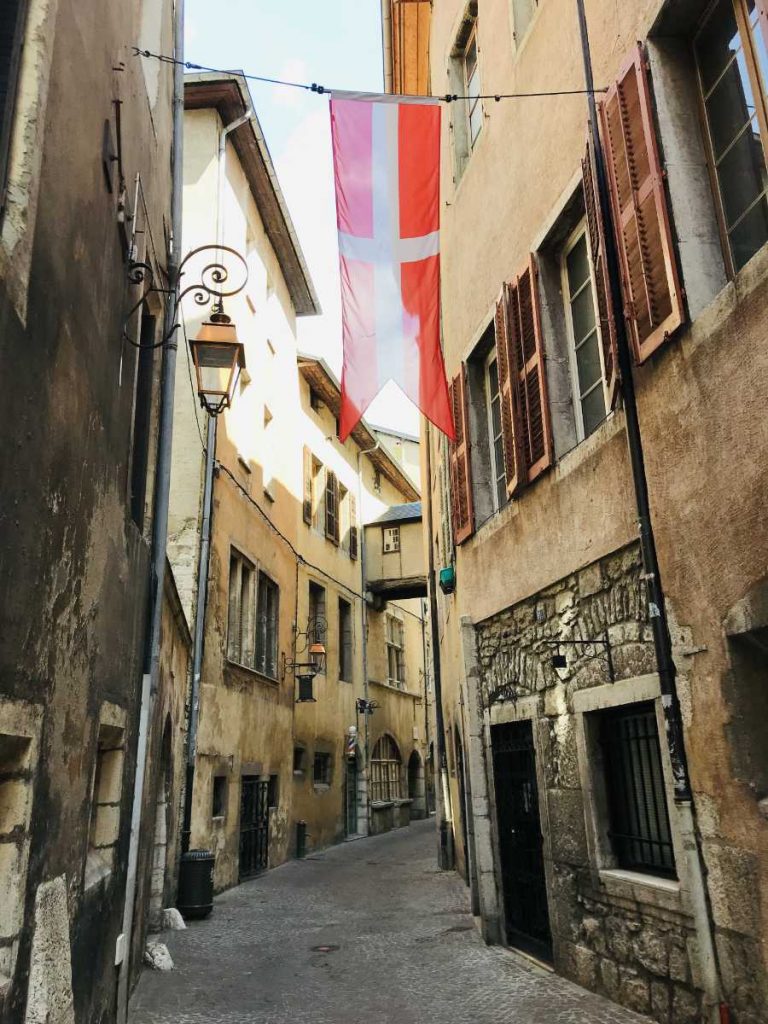
During this period, Emperor Napoleon III annexed the Duchy of Savoy (where Chambèry was the capital) and Nice through the Treaty of Turin in 1860, becoming a part of France. In return, the Duke of Savoy Victor Emmanuel became King of Italy.
12. He married a Spanish feminist and made her Empress Eugenie.
Napoleon III looked for a wife for a long time. He finally fell in love with a 23 year-old Spaniard named Eugénie du Derje de Montijo who was the daughter of a count and apparently very beautiful.
They had their civil marriage ceremony at the Tuileries Palace and a later religious ceremony at Notre Dame de Paris in 1853. In 1856, Eugénie gave birth to a son and heir-apparent, Louis Napoléon, Prince Imperial.
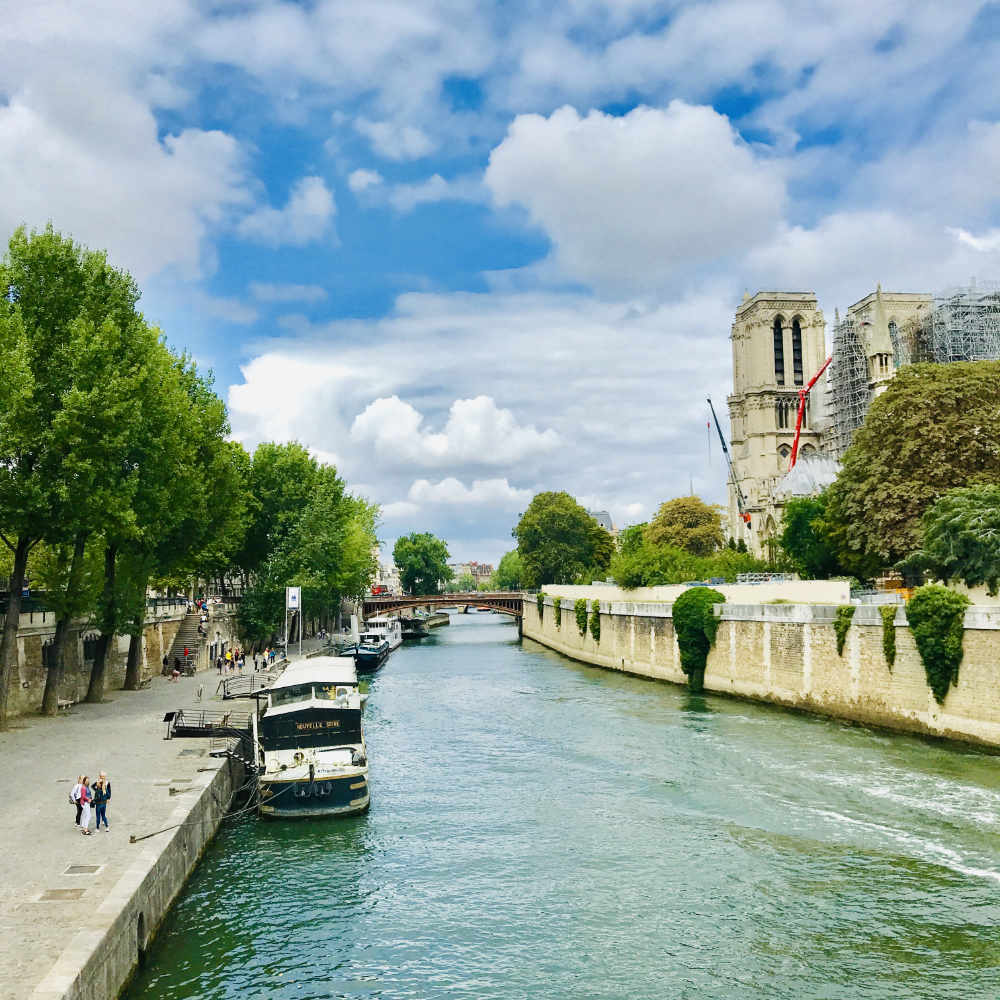
Empress Eugenie was a strong advocate for equality for women. She pressured the Ministry of National Education to give the 1st baccalaureate diploma to a woman. She also tried unsuccessfully to induce the Académie française to elect the famed French writer George Sand as its first female member.
13. He was an unfaithful husband.
Napoleon III was not a faithful husband, having many affairs and children out of wedlock. The couple remained together however throughout their lives, unlike his parents.
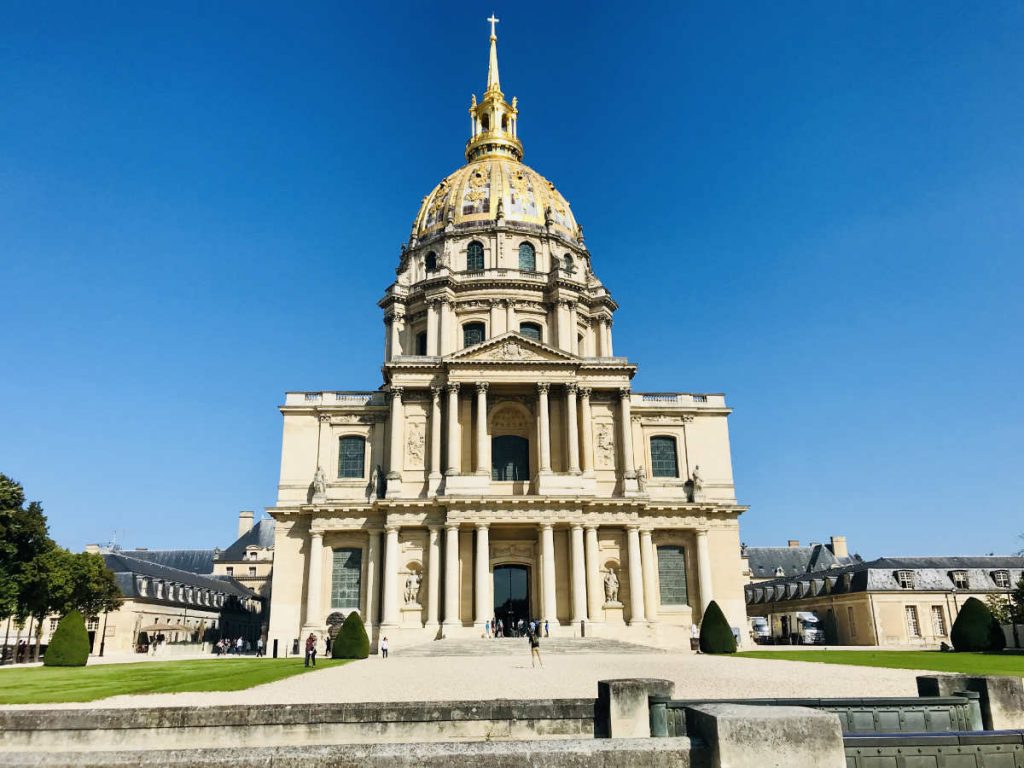
14. He buried his uncle in his tomb is at Les Invalides in Paris.
It would be in 1861 that Napoleon Bonaparte was finally laid to rest by his nephew. Emperor Napoleon III bestowed the the highest of honors on his uncle as Emperor of France, burying him under the Dome of Les Invalides in Paris.
15. He helped invent margarine.
In the 1860s, tensions between Prussia (Germany) and France were as high as they ever were. War was on the horizon, so Emperor Napoleon III of France (the nephew of Napoleon Bonaparte) offered a prize to anyone who could make a satisfactory butter alternative, suitable for use by the military and the poor.
First made in France in 1869, margarine was invented as a butter substitute by Hippolyte Mège-Mouriès from beef tallow for the armed forces and lower classes.
17. He resurrected the legend of Gaul
Napoleon III decided to resurrect the legend of the Gauls to give the French a sense of legacy and continuity.

As there was no specific territory as “Gaul” and it was roamed by a variety of Celtic tribes, Napoleon III needed a focal point. He asked the “Commission de Topographie des Gaules” to locate the archeological remains of the historic Battle of Alesia when Julius Caesar and the Romans defeated Gallic chief Vercingetorix.
After 4 years of digging, archeological remains and a museum were established near the town of Alise-Sainte-Reine in 1862. Napoleon III erected the 7-meter-tall statue in Alise-Sainte-Reineto commemorate Vercingetorix as a symbol of Gallic nationalism.
Vercingetorix became a popular warrior figure and the first hero in France’s national history and identity, studied by school children all across the country.
17. The Suez Canal was opened under French control during his reign.
France in its history had many interests in Egypt, and the initial canal in the area was proposed by Napoleon Bonaparte. By the time the Suez canal opened in November 1869, it was under French control as capital shares had been sold to the French through the French House of Rothchilds.
Napoleon III would send his wife Empress Eugenie to the grand opening of the Suez Canal, making a revolution in world trade.
18. He lost to the Prussians and went into exile.
Emperor Napoleon III’s reign would not last however. Prussia (as Germany was then known) was gaining in power and the British did not trust the nephew of the enemy who had brought them so many years of war. Short of allies and growing older, he would surrender in 1870 to the Prussians.
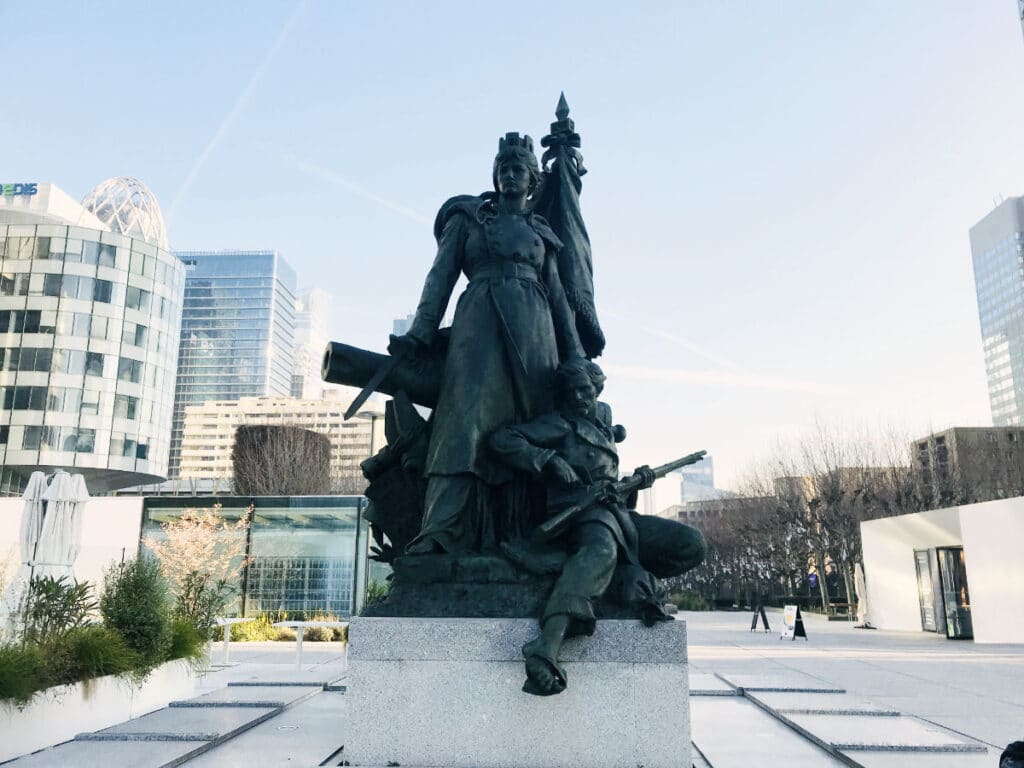
He was exiled to England, leaving France in turmoil. His former executive home, the Tuileries Palace was finally burnt down during the Paris Commune protests in 1871.
With a series of Germanic invasions, a couple of World Wars, and many other upheavals, there would never again be a King (or Emperor) of France.
19. He died in 1873 at the age of 64.
Napoleon III went into exile in England where he had spent some of his earlier exile as a young man, prior to becoming President and then Emperor of France. He died there in 1873 in Chislehurst, England with his wife by his side.
Their son Napoléon, the Prince Imperial, would die young at the age of 23 in 1879, serving with British forces in South Africa. His early death caused shockwaves throughout Europe, as he was the last serious dynastic heir for the restoration of the House of Bonaparte to become monarch of France.
Both Napoleon III and his son are buried in England, in a monastery built for them by Eugenie. The descendants of the Bonaparte extended family however, continues to maintain a claim to the French throne.

If you enjoyed that article, you may like to read more French history. A bientôt!
